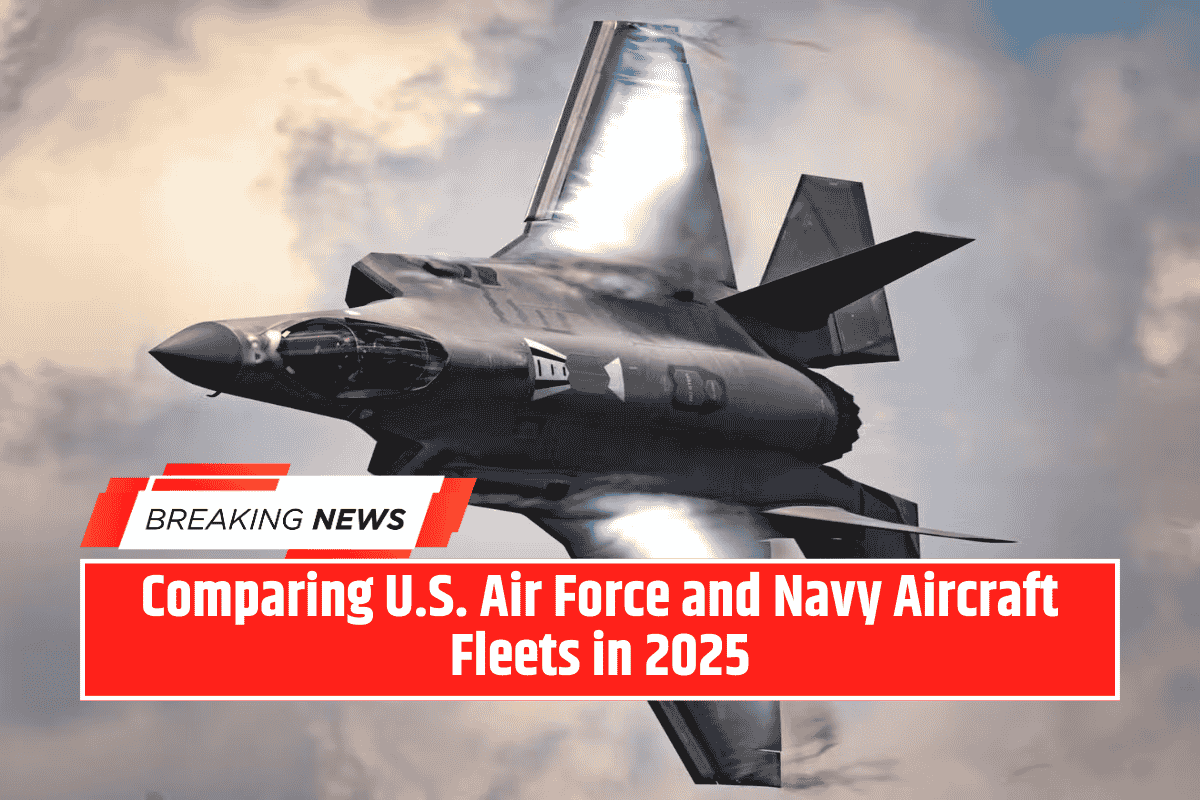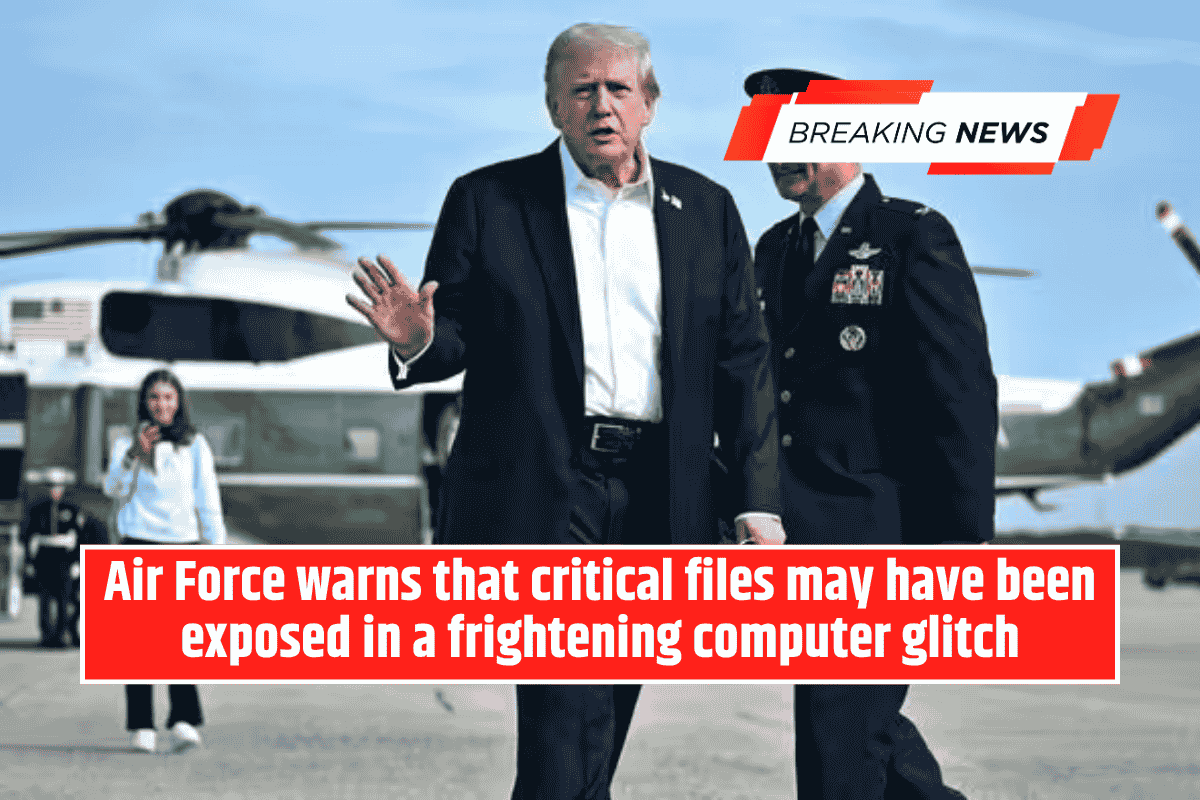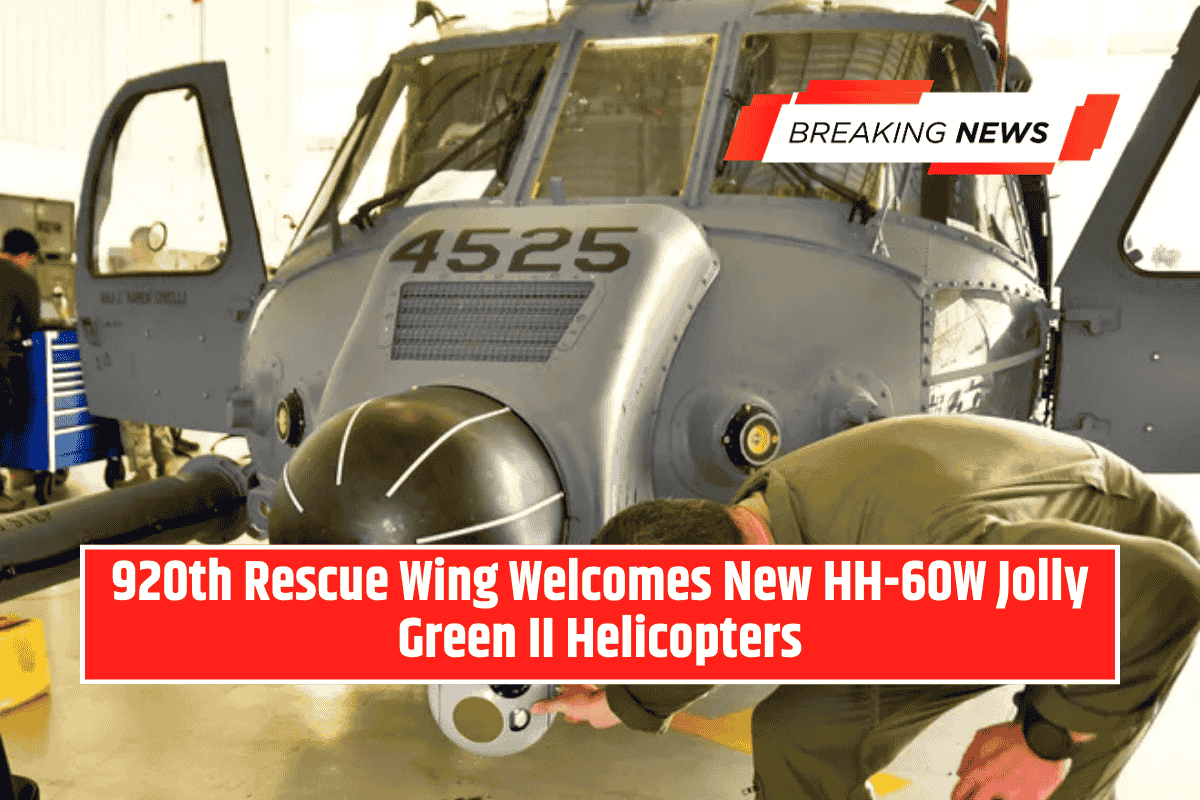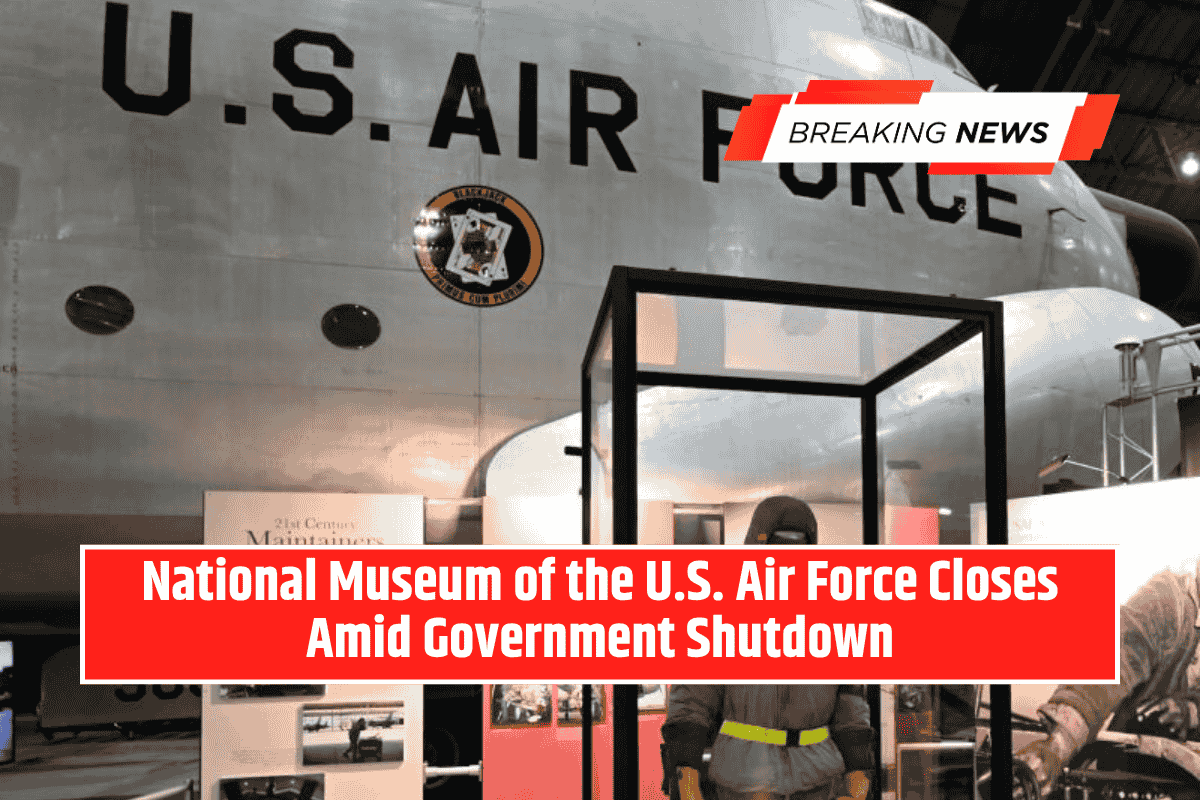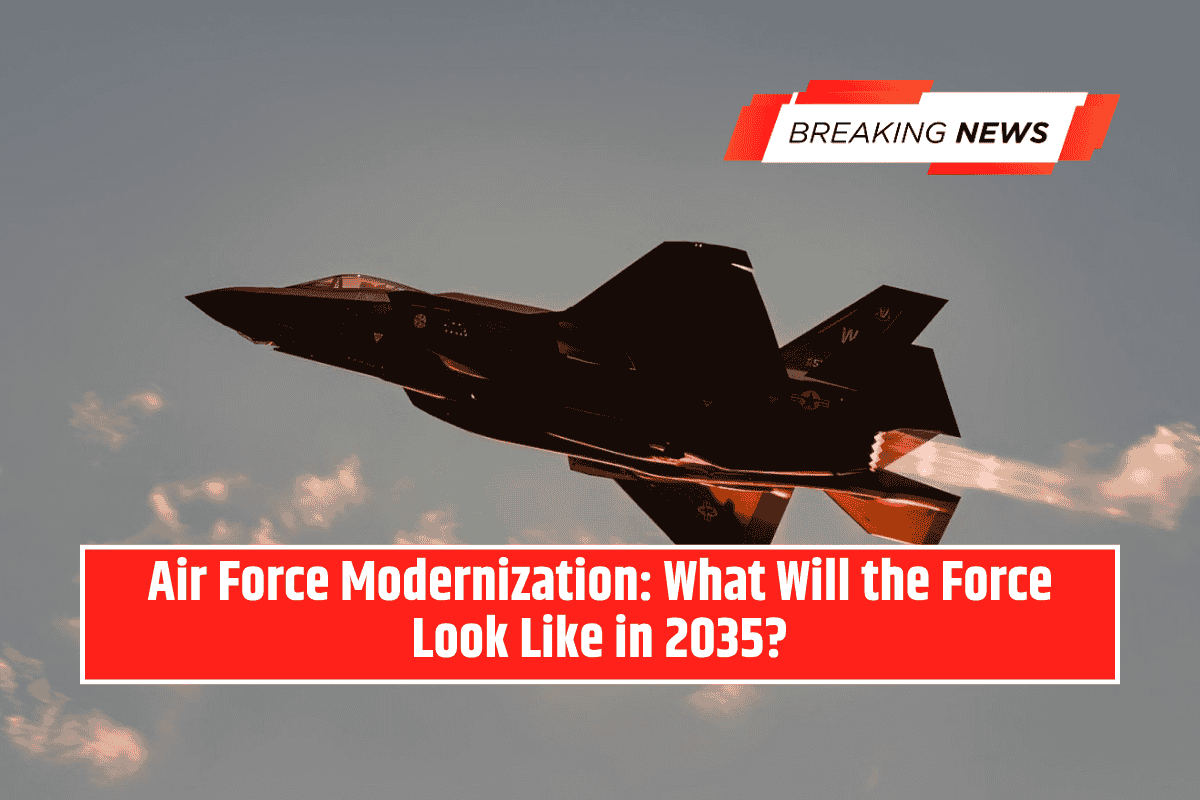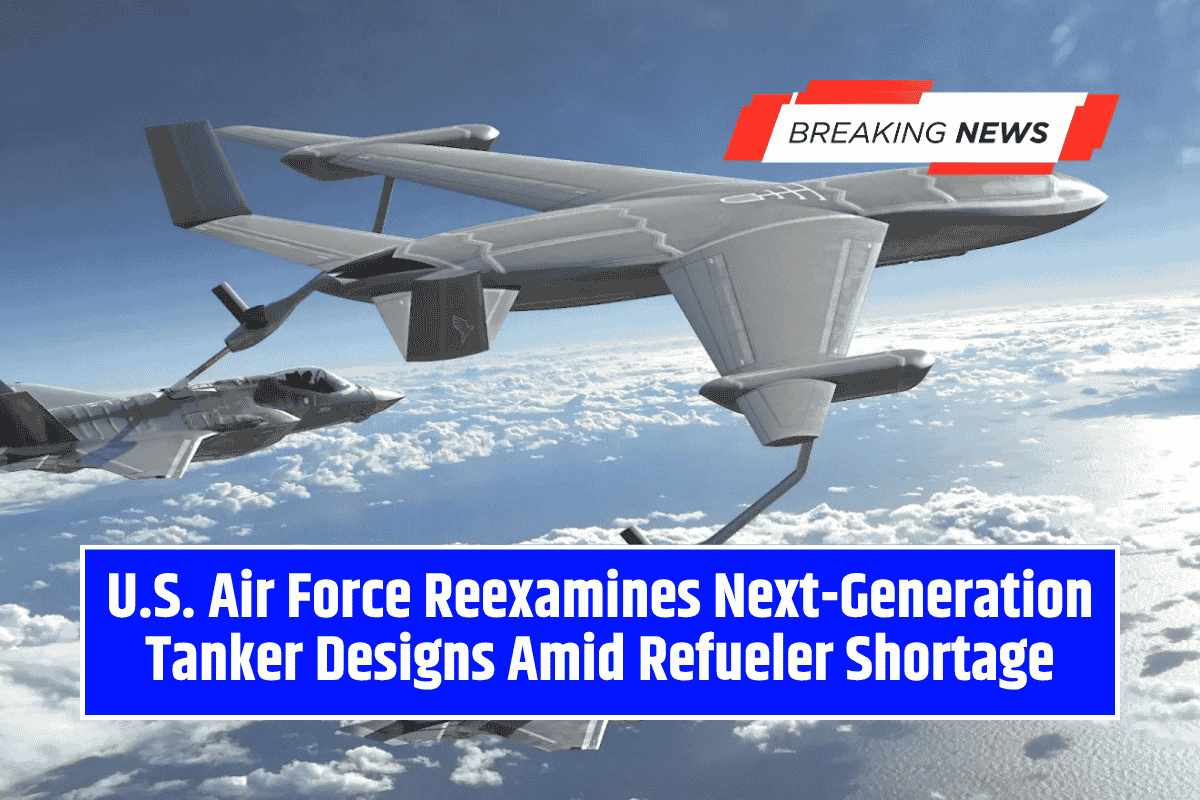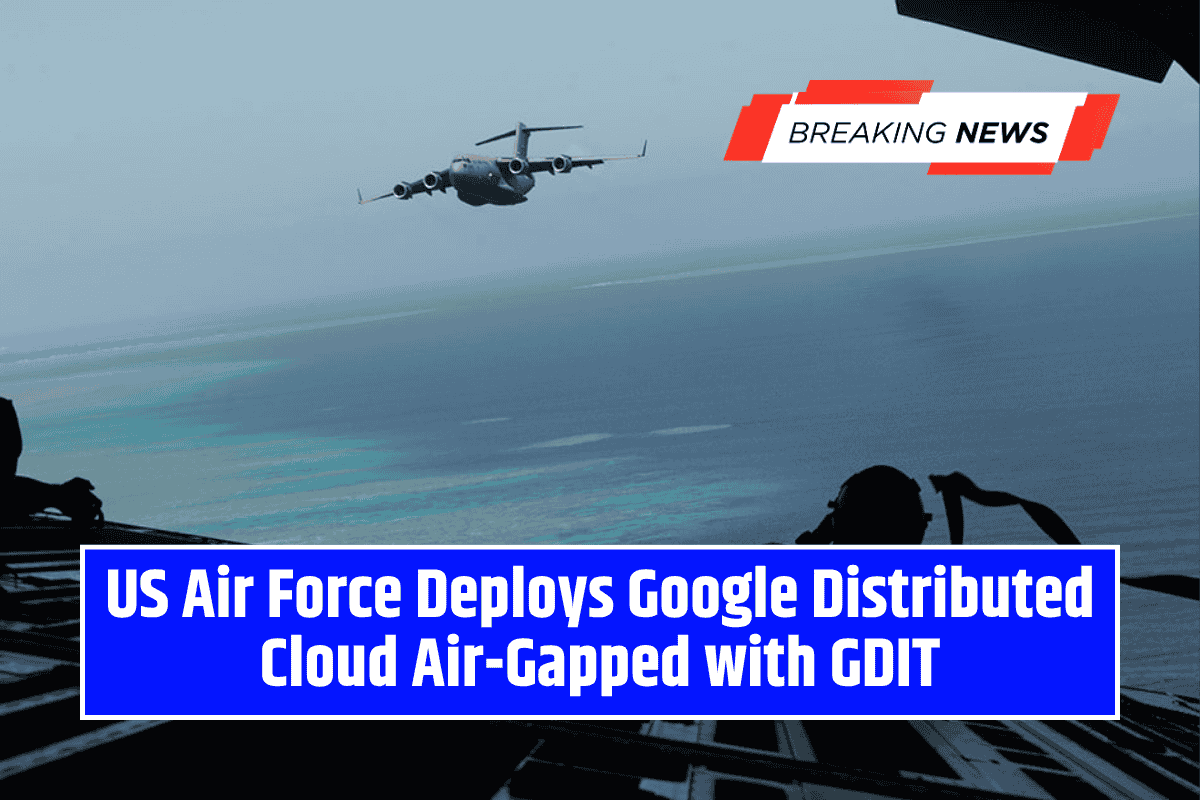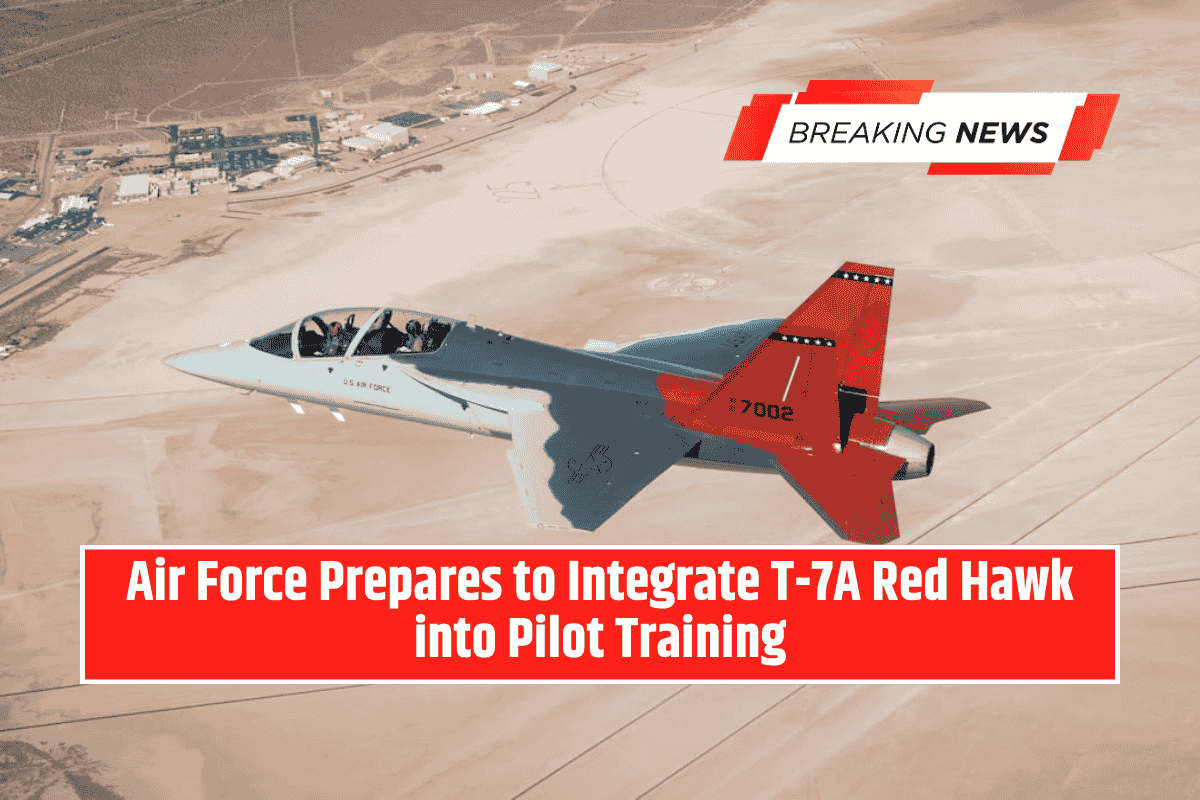As of 2025, the U.S. Air Force (USAF) maintains the world’s largest combat aviation fleet with 5,004 aircraft, of which 32.2% (around 1,610) are fighters.
The U.S. Navy’s aviation arm, including carrier- and shore-based squadrons, operates a smaller fleet of 2,504 aircraft, with fighters making up 39.7% (about 995) of the total.
- At a 75% readiness rate, the Air Force could field 3,753 aircraft, while the Navy could field 1,878 aircraft.
Fighter Platforms
The Air Force fields a diverse fighter inventory:
- F-16C/D Fighting Falcon
- F-22A Raptor
- F-15C/D Eagle
- F-15E Strike Eagle
- F-35A Lightning II
The Navy’s fighter fleet is centered around:
- F/A-18E/F Super Hornet (carrier mainstay)
- F-35C Lightning II (stealth, fifth-generation carrier-capable jet)
- EA-18G Growler (electronic warfare variant of the Super Hornet)
Unlike the Air Force, the Navy has no bombers, leaving that mission set entirely to the USAF, which operates about 140 bombers.
Sixth-Generation Fighters
- Air Force F-47: Prioritizes air superiority and long-range strike, with variable-cycle engines, supercruise, extreme range, and hypersonic missile capability.
- Navy F/A-XX: Designed for carrier operations, emphasizing cooperative drone control, hypersonic weapons, and survivability. It balances stealth with high thrust but does not use variable-cycle engines.
Rotary-Wing and Tiltrotor Aircraft
The Air Force employs helicopters and tiltrotors for special operations, search and rescue, and infiltration missions. Around 50 CV-22 Ospreys provide extended range and infiltration capability.
The Navy’s rotary-wing fleet is larger and central to expeditionary and carrier operations. Key platforms include:
- CMV-22B Osprey (carrier onboard delivery)
- CH-53E Sea Stallion (heavy lift and sea-mining)
- SH-60R/S Seahawk (anti-submarine and utility roles)
On any given day, the Air Force can field just over 100 rotorcraft, while the Navy can deploy nearly 400 helicopters and tiltrotors.
ISR and Special Mission Platforms
Both services field robust ISR and command-and-control fleets but with different emphases.
- Air Force: RC-135 Rivet Joint, E-3 Sentry (AWACS), E-7A Wedgetail (replacement), U-2 Dragon Lady, EA-37B Compass Call, AC-130 gunship, and E-4 Nightwatch (nuclear command).
- Navy: E-2D Hawkeye (carrier AWACS), P-8A Poseidon (maritime patrol/strike), EP-3E Aries II (ISR/EW), MQ-4C Triton (unmanned ISR), E-6 Mercury (nuclear command), and EA-18G Growler (EW).
The Air Force dominates in airborne command-and-control, while the Navy emphasizes maritime patrol and carrier-based ISR.
Airlift and Tanker Fleets
The Air Force is responsible for global strategic reach:
- C-17A Globemaster III and C-5M Galaxy provide heavy intercontinental lift.
- C-130 Hercules supports tactical operations.
- Tanker operations rely on KC-135R Stratotanker, KC-10 Extender, and KC-46A Pegasus, with more than 200 KC-46s expected in service by the mid-2030s.
The Navy’s transport capability is smaller:
- C-40A Clipper (short-body 737) for logistics.
- CMV-22B Osprey for carrier onboard delivery.
- KC-130Js (Marine-operated) for fuel and cargo, sometimes adapted for electronic warfare and strike missions.
Future Fleet and Unmanned Systems
The Air Force and Navy are taking divergent paths toward unmanned integration:
- Air Force: Operates MQ-9 Reapers and is testing “attritable” drones for future collaborative combat roles.
- Navy: Developing the MQ-25A Stingray as a carrier-based tanker and experimenting with unmanned maritime patrol and ISR platforms.
Both services view unmanned systems as critical to future combat, but their approaches reflect their operational needs—long-endurance strike and ISR for the Air Force, and carrier-based support and maritime surveillance for the Navy.
Strategic Outlook
The differences in fleet size, composition, and modernization underscore the distinct missions of the Air Force and Navy.
- The Air Force prioritizes strategic reach, global strike, and air superiority.
- The Navy emphasizes carrier-based power projection, maritime patrol, and expeditionary operations.
Together, the services form a complementary airpower structure, ensuring U.S. dominance across land, sea, and air in both current and future high-threat environments.
